Isfahan's Dardasht Minarets and Soltan Bakht Agha Mausoleum
The Dardasht Minaret is a historic monument located in Isfahan, Iran. This architectural marvel stands over the Soltan Bakht Agha Mausoleum, the niece of Shah Sheikh Abu Ishaq, a ruler of the 8th century Solar Hijri calendar.
Dating back to the 7th and 8th centuries Hijri, the minaret is situated on Ibn Sina Street, in the Dardasht Bazaar, within the Dardasht neighborhood. On January 5, 1932, it was registered as a national monument of Iran.
In this blog, we will delve into the history, architecture, and location of the Dardasht Minaret, covering everything you need to know about this significant historical site.
Dardasht Neighborhood of Isfahan
Dardasht is a historic neighborhood situated in the heart of Isfahan, Iran. Once known as Babol-Dasht, this central area is renowned for its rich cultural and architectural heritage.
Key landmarks include the Dardasht Minarets, iconic structures dating back to the 7th and 8th centuries, and the Harun-i Vilayat Mausoleum, a significant historical site.
The neighborhood also houses the Darb-i Imam Shrine, an important religious monument dating to 1453/857 AH. Historically, Dardasht was a major Jewish quarter. Today, it remains a vibrant area where visitors can explore its deep historical roots and architectural marvels.
About the Soltan Bakht Agha Mausoleum and Dardasht Minarets
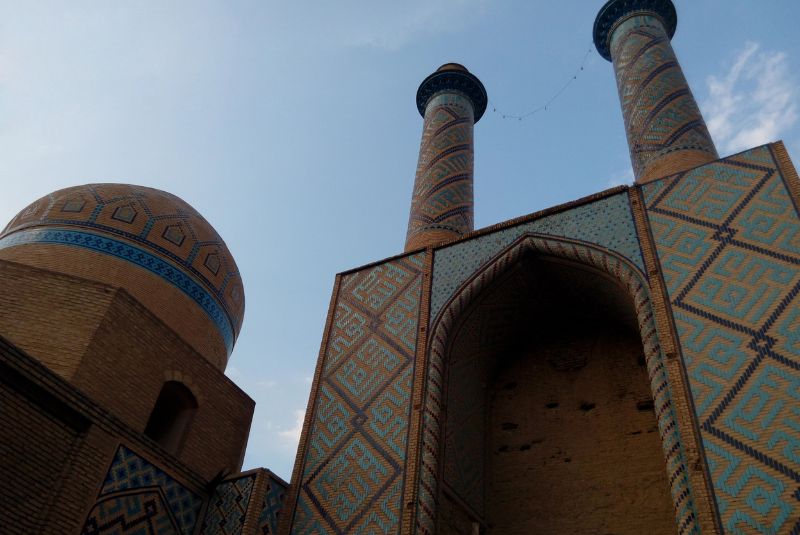
The Soltan Bakht Agha Mausoleum, nestled in Isfahan, Iran, is a historic site of both architectural and cultural significance. Although it might not be as well-known as other historical landmarks in the city, its unique features and historical background make it an intriguing destination for visitors.
The mausoleum houses the remains of Soltan Bakht Agha, the niece of the Injuid ruler Abu Ishaq Inju. This structure is notable for its simplicity, lacking the elaborate decorations often found in similar sites.
Its exterior is covered entirely with a layer of plaster, which obscures any original decorative elements. However, historical accounts suggest that the mausoleum may have once been adorned with intricate paintings.
Adjacent to the mausoleum are the Dardasht Minarets, a pair of historical towers that add to the site's significance. The entire complex was registered as a national monument of Iran on January 5, 1931, under the designation of the Dardasht Minarets, listed as number 115.
Visitors to the Soltan Bakht Agha Mausoleum can appreciate its understated elegance and historical importance. Despite its lack of ornate decoration, the mausoleum and the Dardasht Minarets offer a glimpse into the rich heritage of Isfahan.
Who is Soltan Bakht Agha?
Soltan Bakht Agha, a significant figure in 14th-century Persia, was the niece of Abu Ishaq Inju, the last ruler of the Injuid dynasty. Abu Ishaq Inju was known for his patronage of the arts and his distinguished reign. However, he was executed in 1357 by Mubariz al-Din Muhammad, the Muzaffarid ruler. This act of violence deeply impacted Soltan Bakht Agha, who sought to avenge her uncle’s death.
To exact her revenge, Soltan Bakht Agha married Sultan Mahmud Mozaffari, the son of the Muzaffarid ruler. Her goal was to sow discord among the Muzaffarid princes and disrupt their rule. Her efforts were supported by Shah Shoja Mozaffari, Sultan Mahmud’s brother.
Despite her strategic maneuvers, her plot was uncovered, and Sultan Mahmud, recognizing the threat she posed, ordered her execution in the same year as her marriage.
Soltan Bakht Agha's life and actions are remembered for her bold attempts to avenge her uncle and her role in the political turmoil of her time. After her death, Jala al-Din, who conquered Isfahan and Shiraz, commissioned the construction of a mausoleum in her honor, reflecting her lasting significance and the respect she commanded.
Dardasht Minarets History
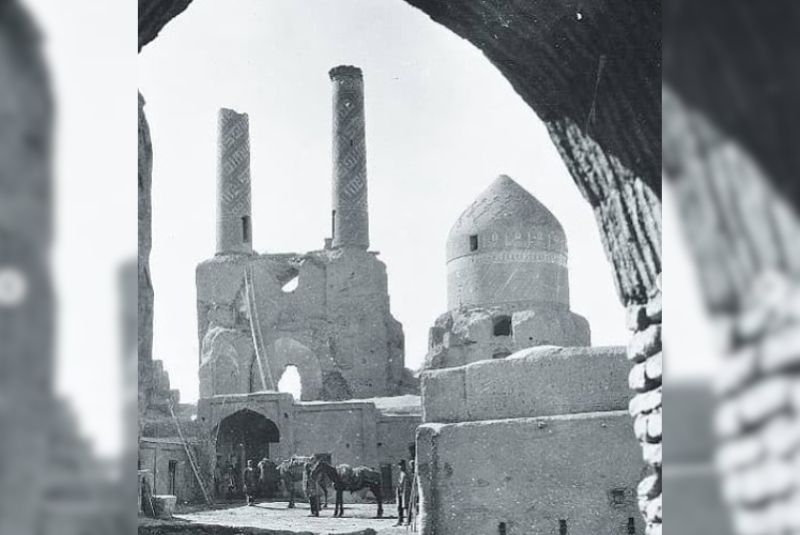
The Dardasht Minaret, situated in the Dardasht neighborhood of Isfahan, Iran, has a rich historical and cultural heritage. The Isfahan's dardasht minarets belong to the 7th and 8th centuries AH.
The dardasht minaret is located adjacent to the Soltan Bakht Agha mausoleum which was constructed over the grave of Khan Sultan, the daughter of Amir Ghiath al-Din Khayisro Inju, a prominent figure of the Inju dynasty.
Khan Sultan, also referred to as Sultan Bakht Agha, was a niece of Shah Sheikh Abu Ishaq, the last ruler of the Inju dynasty in Fars and Isfahan during the 8th century AH (14th century CE). Sheikh Abu Ishaq is celebrated in Persian literature, including the works of Hafez.
Sultan Bakht Agha was renowned for her beauty and political acumen. After the murder of her uncle by the Muzaffarids, she married Sultan Mahmud of the Muzaffarid dynasty to seek revenge. She played a key role in creating divisions within the Muzaffarid court.
The mausoleum was possibly built during her lifetime or commissioned by her husband, Sultan Mahmud Muzaffari. The construction might have been initiated in 753 AH (1352 CE), according to inscriptions.
The site, historically known as "Shouri," is now managed by the Isfahan Endowment Office and was registered as a national monument in 1931. The minarets and adjacent school, which may have been named after Shouri, are no longer extant.
Architecture of the Soltan Bakht Agha Mausoleum and Dardasht Minaret
The Sultan Bakht Agha Mausoleum, located in Isfahan, is a notable example of medieval Persian architecture. This mausoleum, constructed in the 8th century AH, features a distinctive polygonal exterior made from brick.
The building is renowned for its intricate design and the use of colorful ceramic tiles, although some of the original decorations have faded over time.
Dome and Interior
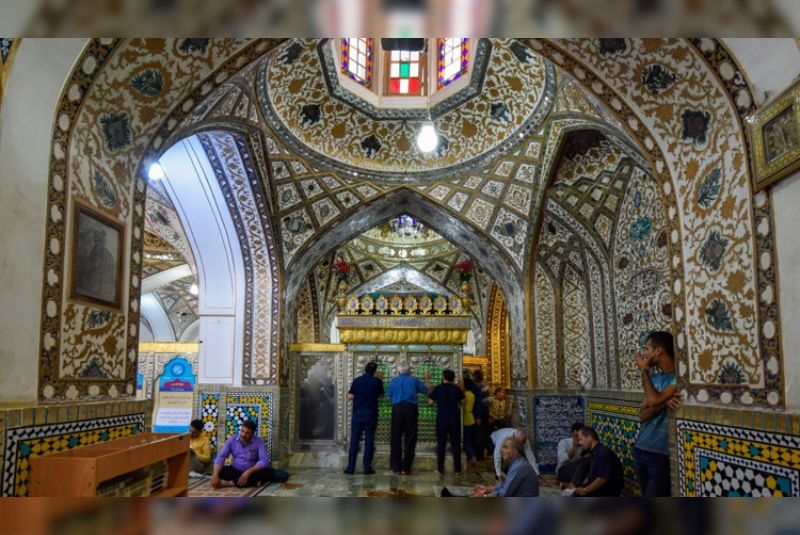
The mausoleum's most striking feature is its dome, which is adorned with vibrant turquoise and azure tiles. The dome itself is designed with a double-layer structure, enhancing both its aesthetic appeal and structural integrity.
Inside, the mausoleum lacks elaborate decorations; much of the original plasterwork has deteriorated, and some has been obscured by later layers of plaster. Notably, the tombstone of Sultan Bakht Agha is made of samaq stone, and it is engraved with the date of her death (679 AH) and her name in Arabic.
Dardasht Minarets
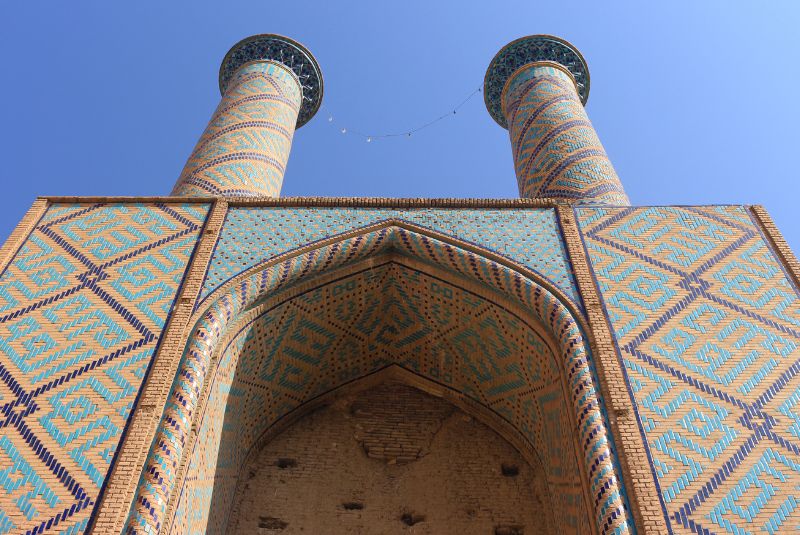
Adjacent to the dome are two minarets, each standing 15 meters tall. These minarets, constructed from brick, flank the iwan leading to the mausoleum and are an important architectural feature of the site.
They are decorated with dark blue and turquoise tiles, which include the 99 names of Allah inscribed in Kufic script. This decoration not only adds to the visual grandeur of the minarets but also reflects the Islamic artistic traditions of the period.
Construction and Decoration
While the mausoleum itself is primarily constructed of brick, the use of tiles and plaster highlights the craftsmanship of its builders. The vibrant tile work and the detailed Kufic inscriptions on the minarets are key features of the architectural style of the era.
Over the centuries, some of the decorative elements have suffered from weathering and decay, yet the structure remains a significant historical and cultural landmark in Isfahan.
Dardasht Minarets Location and Access
The Dardasht Minarets is located adjacent to the Soltan Bakht Agha mausoleum. The Sultan Bakht Agha Mausoleum is located in the beautiful city of Isfahan, Iran. This historical and religious site is a notable tourist attraction situated in the central part of Isfahan. The mausoleum is positioned on Modarres Street, near the Dardasht Bazaar and adjacent to the Dardasht School with its two minarets.
Visitors can easily access the site via public transportation or by private vehicle. A typical visit to the mausoleum and its surrounding area takes about an hour or less. The location offers a glimpse into the rich history and architectural heritage of Isfahan, making it a valuable stop for those exploring the city's cultural landmarks.
Opening Hours and Ticket Price
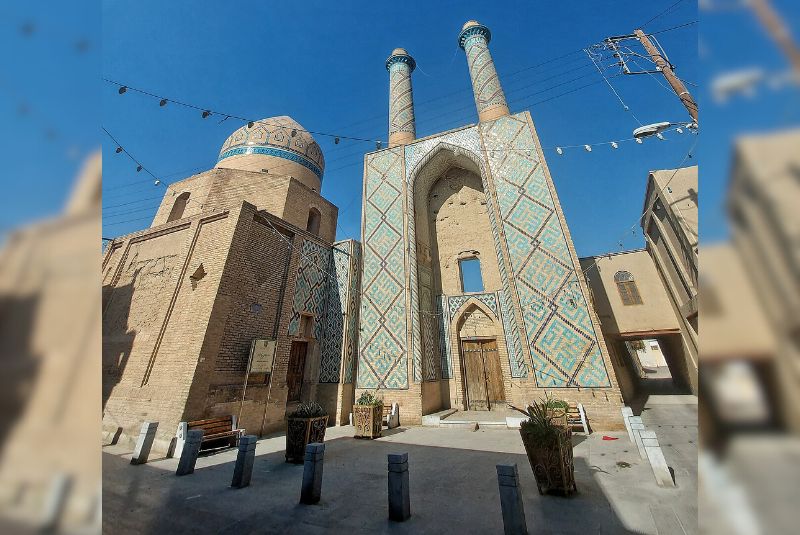
The Sultan Bakht Agha Mausoleum and Dardasht minarets are open for visitors every day of the week, 24 hours a day throughout the year. There are no entry fees or ticket requirements for visiting these historic sites.
Tips for Visiting the Soltan Bakht Agha Mausoleum and Dardasht Minarets
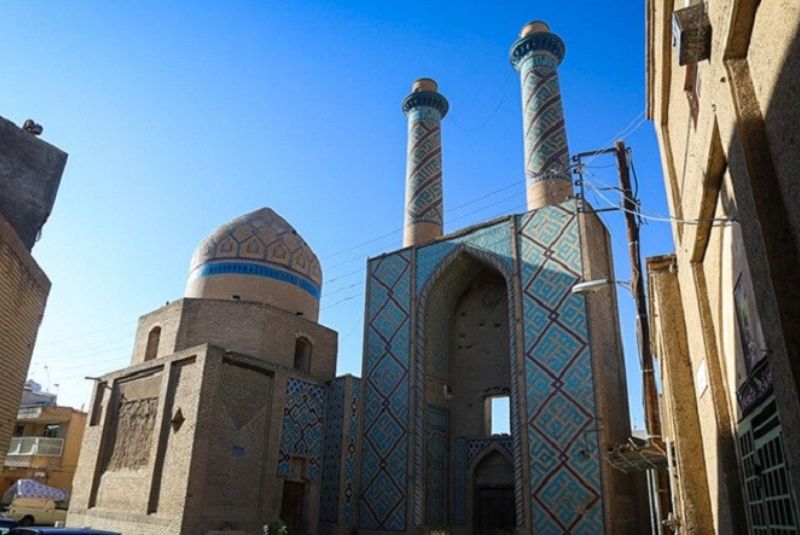
- The mausoleum and minarets are open 24/7, so you can visit at your convenience.
- There is no admission fee or ticket required to enter the site.
- Public transportation is readily available and can be a convenient option for reaching the site.
- If driving, ample parking is available near the mausoleum.
- As a historical and religious site, modest dress is recommended.
- Consider booking accommodation close to the site for easier access.
- Take time to explore the nearby Dardasht Bazaar for local crafts and foods.
- Understanding the historical background of Soltan Bakht Agha enhances your visit.
- Pay attention to the intricate tile work and Kufic inscriptions on the minarets.
- Maintain a respectful demeanor while visiting this historical and religious monument.
- Capture the architectural beauty, but be mindful of any restrictions on photography.
- Consider joining a guided tour to learn more about the site's history and significance.
- While the site is open 24/7, daylight offers the best visibility for appreciating the architecture.
- A typical visit takes about an hour, so plan accordingly to fully appreciate the mausoleum and minarets.
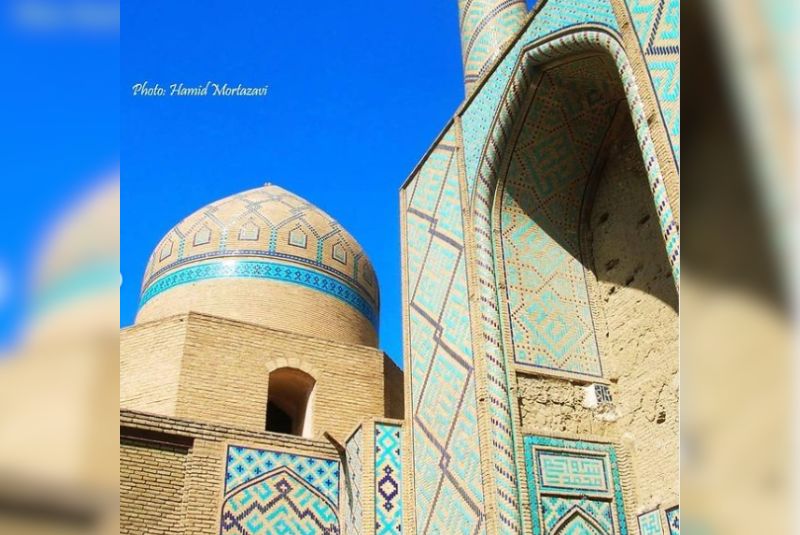
Bottom Line
The Dardasht Minarets, alongside the Soltan Bakht Agha Mausoleum, stand as significant historical landmarks in Isfahan, Iran. Dating back to the 7th and 8th centuries Hijri, these structures offer a glimpse into medieval Persian architecture and Islamic artistry.
The mausoleum, marked by its simple yet elegant design, contrasts with the minarets’ vibrant tile work and Kufic inscriptions. Visitors can enjoy these sites year-round with no entry fees, making it accessible at any time.
Whether you're exploring the historical depths of Isfahan or admiring intricate architectural details, these landmarks provide a meaningful and enriching experience.
Share your story!
Comment below and let us know about your Experience.
Your story inspires others!


Comment
Leave a Comment